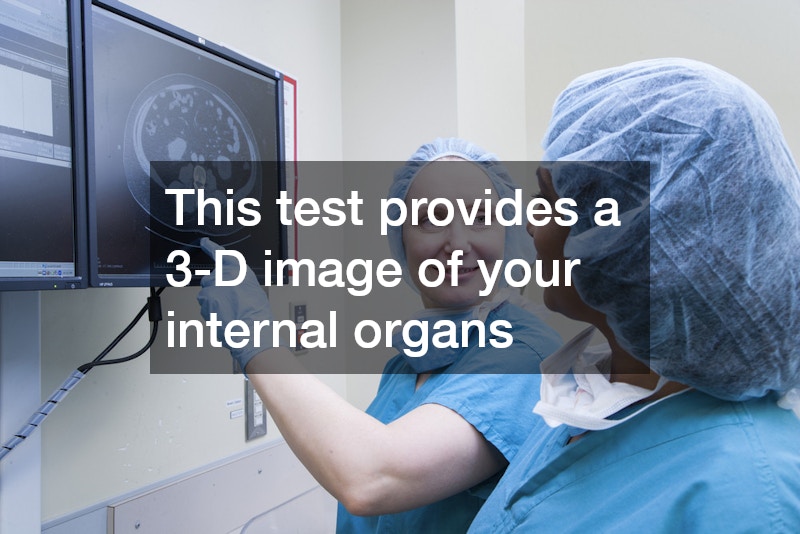
If your doctor has ordered an MRI, you may wonder what will happen during that test. The best time to discuss MRI questions and answers is when you are in your doctor’s office. Your doctor is typically the best one to explain the reason why an MRI or X-ray test is ordered. For example, according to Medical Imaging, an MRI is normally preferred to detect soft tissue injuries, and its results are usually more detailed.
You may be interested in learning that MRI testing uses magnets to detect internal injuries. This test provides a 3-D image of your internal organs, which allows the doctor to diagnose you. Because the MRI uses magnets, it’s essential that you follow the rules about MRI and piercings. The technician will ask you to remove jewelry and metal before undergoing the test.

When you have an MRI, your body will enter a device, which may be concerning for clients who are claustrophobic. If you let your doctor know this ahead of time, they may be able to order an open MRI test. Keep in mind that, according to Medical IO, when comparing open and closed MRI results, closed MRIs produce clearer results.

With millions of Magnetic resonance imaging (MRI) scans performed each year, this is one of the most widely used processes to create images of the inside of the body. Radiologists use magnetic fields, radio waves, and field gradients to create pictures of the anatomy and physiological processes. These are some of the most important diagnostic tools in contemporary medicine. Diagnostic imaging centers offer a range of services from 3D mammograms to sports injury imaging.
A versatile technology
MRI scans are a highly versatile medical technology used to produce images of the inside of the body. Their value as a diagnostic tool means that around 30 million MRI scans are done in the U.S. annually. Of these about 22%, of 6.6 million, are head scans.
MRI scans are used for a number of purposes ranging from breast cancer screening to sports medicine. The technology is also advancing rapidly and MRI scans can produce 3D images of the inside of the body. These can be viewed from from different angles for a complete image of the inside of the body..
A valuable diagnostic tool
Diagnostic imaging is a valuable tool in screening for breast cancer in women and men. It is estimated that about one woman in eight in the U.S. will develop invasive breast cancer at some time in her life. For men, the risk of breast cancer is about one in one thousand.
MRI scans are also widely used in sports medicine, to detect musculoskeletal injuries. Musculoskeletal images can show signs of damage to bone, cartilage, tendon, muscle, fascia and ligaments. They can also indicate arthritis, spine and nerve disease, concussion, infections etc.
What to expect when you schedule an MRI scan
An MRI scan will last anywhere from half an hour to two hours, depending on the number of series of images to be taken. Each series of pictures takes about 15 minutes to complete, and a full test may require two to six series of images.
When you make an appointment for your MRI scan, you will also be given instructions about what to expect and how to prepare. Sometimes you are required to avoid eating for a couple of hours before the test. But usually there is no preparation required.
While the MRI scans are being taken, you will have to lie still. In general, pregnant women are not given MRI scans, especially during the first trimester. However, if it is absolutely necessary, it can be done.
Radiology Services
Diagnostic imaging centers offer a number of services including:
- 3D mammogram
- Digital mammogram with CAD
- 3T MRI technology
- Reduced radiation CT
- Reduced radiation digital X-Ray
- Breast MRI
Diagnostic imaging centers also offer specializations in neuroradiology, musculoskeletal, pediatrics and women’s diagnostic imaging.
MRI scans can seem intimidating to someone undergoing one for the first time, but the technology has progressed to the point where discomfort has been minimized. The benefits of this diagnostic tool are proved on a daily basis in hospitals and diagnostic imaging centers.
